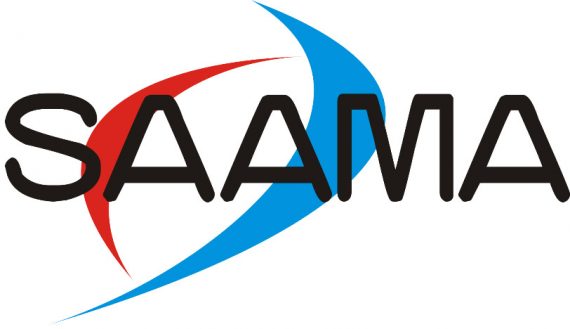About this course
This course will clarify their roles, explain reliability engineering in practical terms and give them the skills to calculate asset reliability and compile a Reliability Roadmap for the organisation.
With the pressure on asset managers and engineering managers to ensure that their ageing assets deliver better performance at a lower cost and risk, the need for competent reliability engineers has escalated.
Many large organisations are in the process of recruiting REs, resulting in a strong demand for practical training to effectively equip REs with the required competencies.
Unfortunately, many of the available courses are highly academic and theoretical, aggravated by the confusion about exactly what an RE should be doing.
Pragma has combined its 30 years of asset management experience with the expertise of some of our blue-chip clients to clarify the role of an RE and develop a unique training programme that would give them the technical, analytical and financial skills to fulfil these roles effectively.
Outcomes
Explain the role of the RE to achieve the organisation’s asset management objectives
Explain, calculate and interpret the different reliability functions for a simple asset
Interpret the failure profiles of components and relate them to the appropriate maintenance tactics
Identify the bottleneck asset in a process as the focus area for reliability improvement efforts Calculate the mean time between failure for an item
Compile a reliability block diagram for an asset system in order to calculate its reliability
Achieve quick reliability improvements by applying precision maintenance
Compile a reliability improvement strategy for an organisation
Context
This module gives context to reliability engineering by defining RE concepts and explaining the value of RE in improving asset availability and performance, at lower costs and risks. The roles of the RE are clarified versus the maintenance engineer and the associated RE competencies defined, with a proposed learning pathway.
Fundamental Reliability Principles
This module explains fundamental reliability principles in practical terms through examples and calculations:
- Risk and reliability
- Functional failures
- Failure probabilities
- The reliability function R(t)
- Hazard rate
- The P-F interval
It also explains how an item’s failure profile is used to select an appropriate maintenance tactic for it.
Availability and Maintainability
This module covers the interrelationship between an item’s reliability, availability and maintainability. It also explains the difference between an asset system’s performance (as measured by TEEP or OEE) and its reliability or availability. The RE will learn practically how to identify the bottleneck asset in a process as the focus area for improvement and also how to calculate an item’s MTBF (mean time between failure).
Reliability Processes and Practices
In this module, learners will learn how to calculate the reliability of a complex system through the use of reliability block diagrams (RBD). They will use this information to model the reliability improvements that are possible through the addition of additional/parallel items. The second part of the module focuses on the reasons for forced deterioration of assets and how precision engineering can prevent it.
Finally the role of the RE to monitor the condition and health of assets is explained.
Implementing a Successful Programme
The final module in the course covers the implementation of a reliability improvement programme in terms of:
- The key success factors
- Getting management support
- Powerful change management principles
- Setting up a reliability scorecard
- Assessing the maturity of RE on site
- Prioritising the RE activities and focus areas
- Compiling a Reliability Roadmap for the site This will enable the RE to return to site with a clear plan to implement effective reliability improvements.
Competence Assessment
The competence of learners will be assessed through an on-line knowledge quiz and evaluation of their Reliability Roadmaps. Successful learners will receive a Certificate of Competence.
Who should attend?
- Reliability engineers
- Young engineers who are planning a career in reliability engineering
- Engineering/Asset managers who need to lead and guide reliability engineers
- Continuous improvement engineer
Format and duration
- 3-day classroom training
- 24 notional hours: blended learning comprising 6 x 4 hour virtual classroom sessions and online learning
Take-home tools
- A role description for a reliability engineer
- Excel templates to calculate different reliability functions
- Reliability Engineering self-assessment
- Template for a RE Road Map
Certification
- ECSA endorsed for 3CPD points

